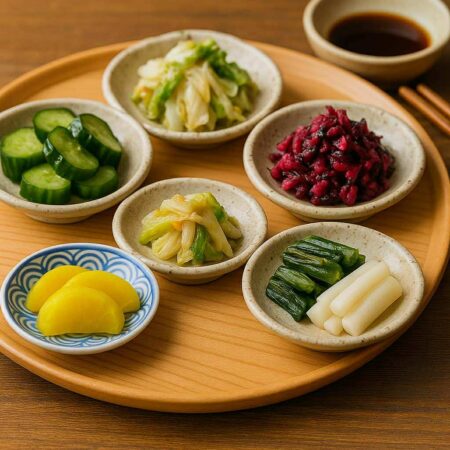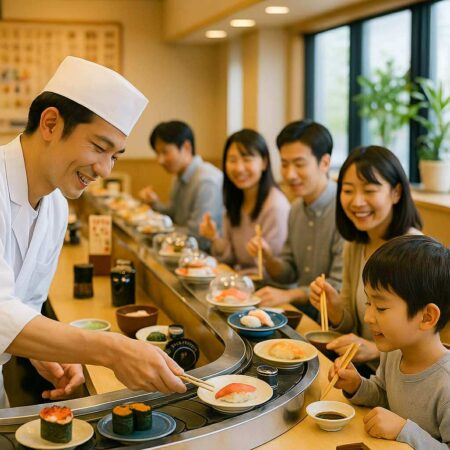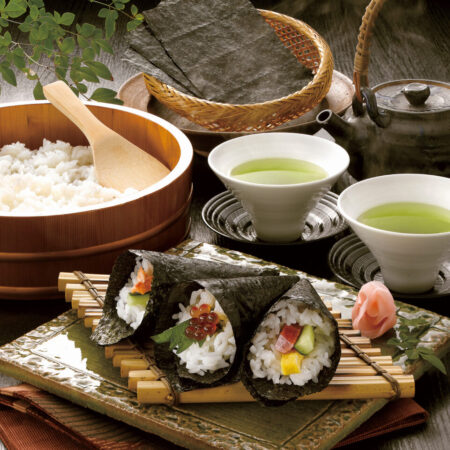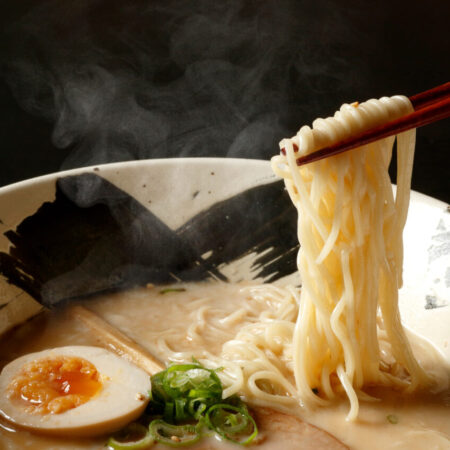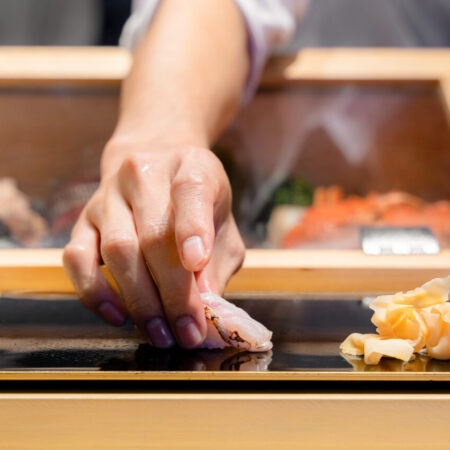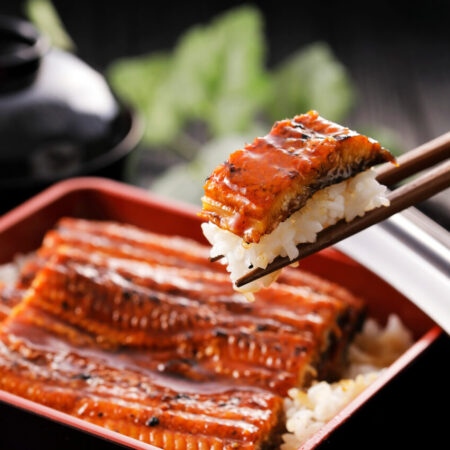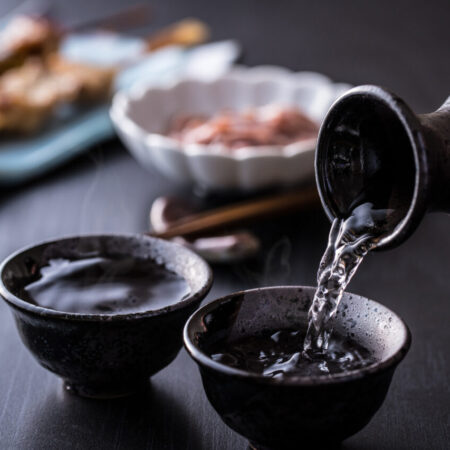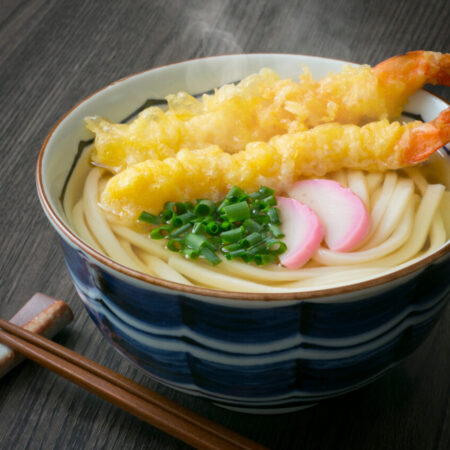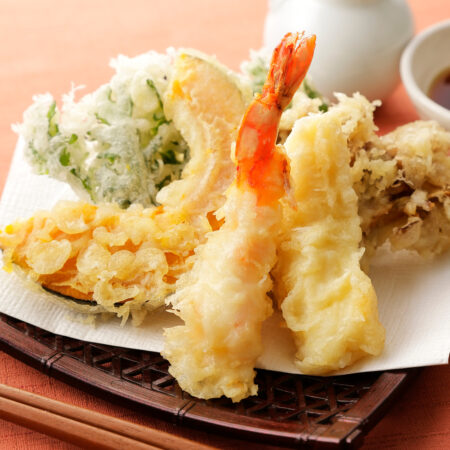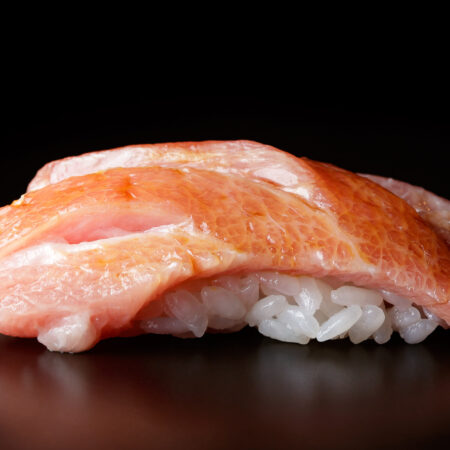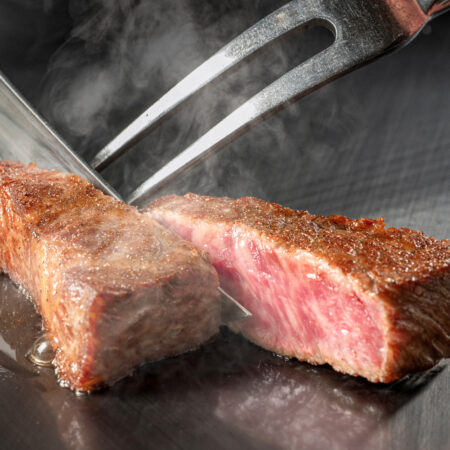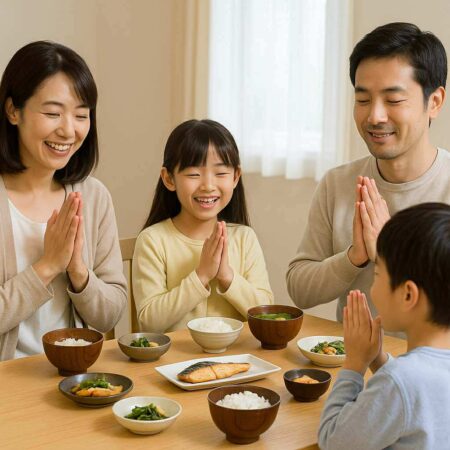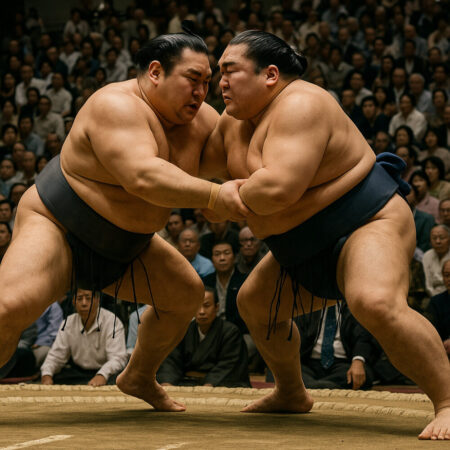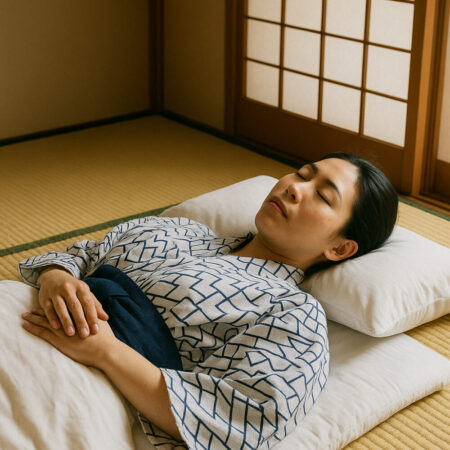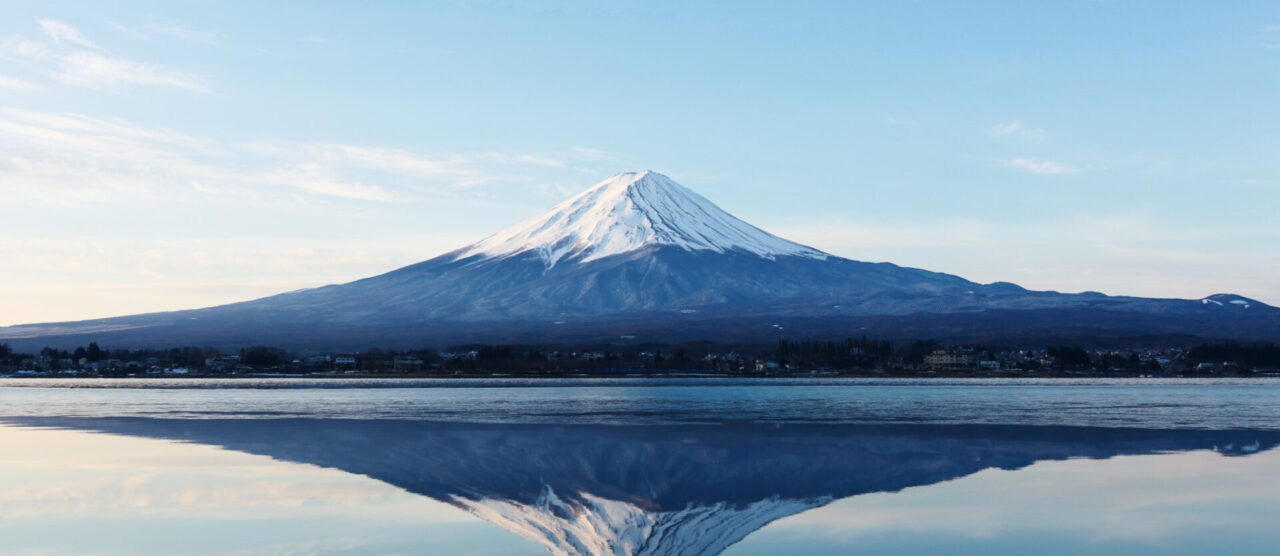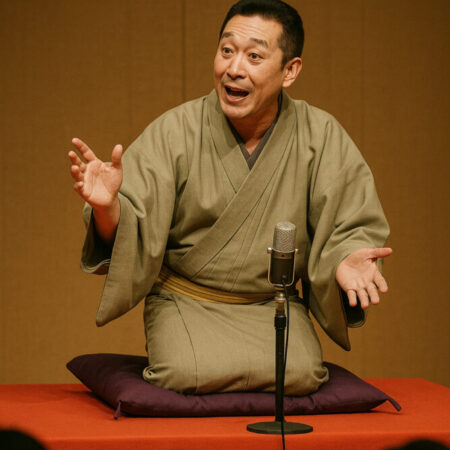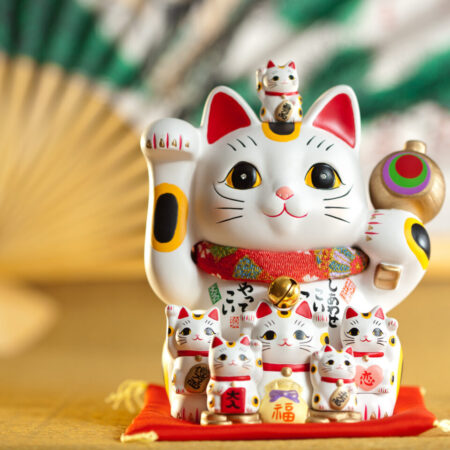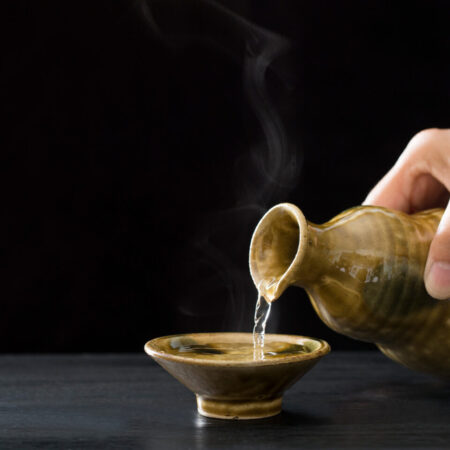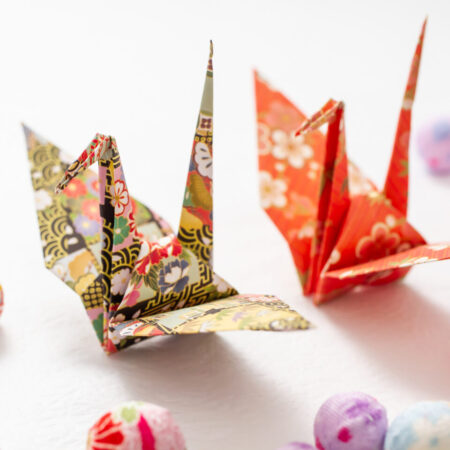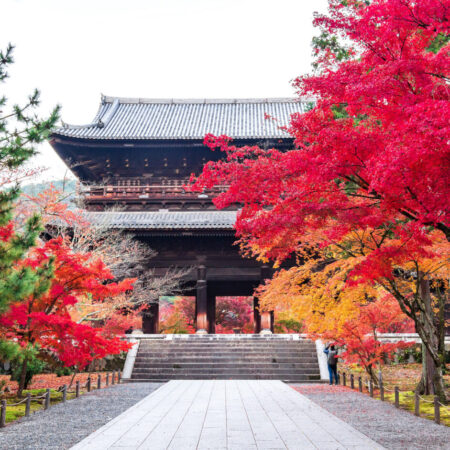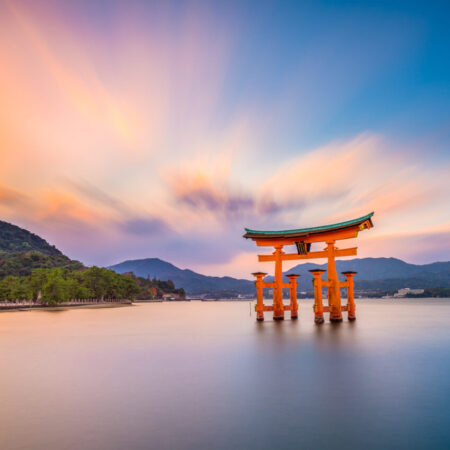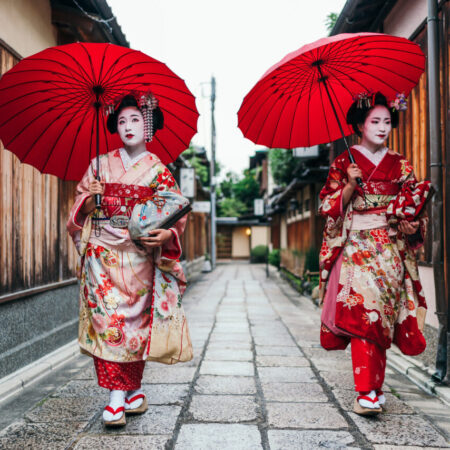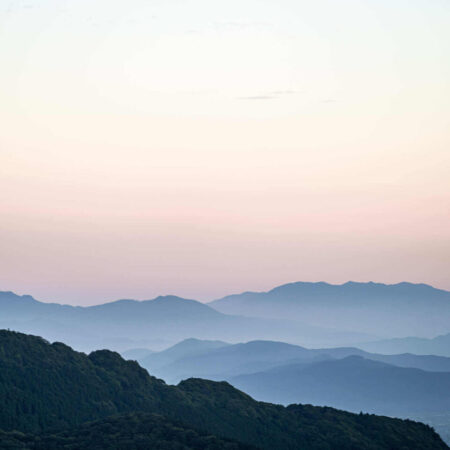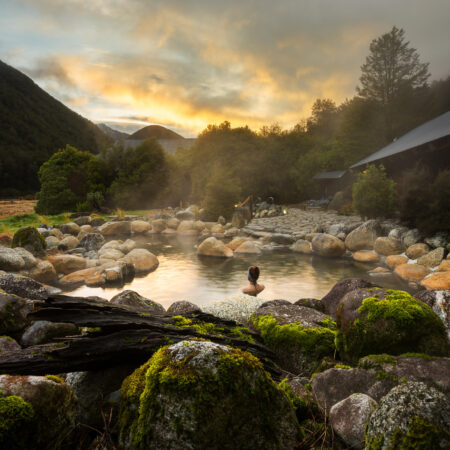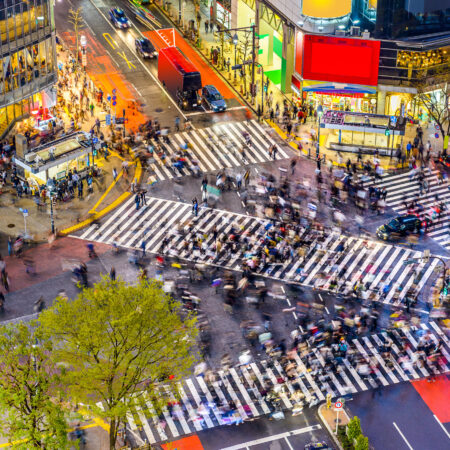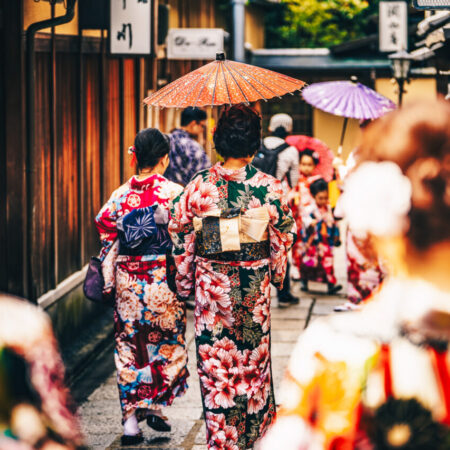Introduction
What is a Maiko?
Maiko stand out as luminous jewels in Japan’s traditional performing arts culture, shining particularly alongside the ambience of the ancient city of Kyoto. Their delicate dances, the tones of their musical instruments, and their vividly colored costumes symbolize the deep history and culture of Japan. This article introduces the role, history, and current state of Maiko.
A Maiko, literally meaning “dancing child,” refers to young women who perform traditional dances, songs, and shamisen music. Adorned in vibrant kimonos, distinctive hairstyles, and traditional white-painted makeup, their appearance symbolizes the traditional beauty of Japan. Maiko primarily reside in areas of Kyoto like Gion Koubu, Miyagawa-cho, Pontocho, Kami Shichiken, and Gion Higashi, streets often referred to as “Kyoto’s Hanamachi (flower towns).” These areas, preserving the traditional ambiance of Japan, are popular among tourists.
History
History of Maiko
The history of Gion Koubu dates back to the Edo period (Kan’ei era: 1624-1644). At that time, along the Shijo Street from Yasaka Shrine’s main entrance to the Yamato Oji Street, shops offering tea and sweets lined up. This bustling area became known as “Gion Town.” Yasaka Shrine was originally called “Gion Shrine”. The area around its main gate was bustling with teahouses, marking the origin of “Kyoto’s Hanamachi.” As time went on, entering the Meiji era, Gion Town split into Gion Koubu and Gion Higashi. Both areas have preserved their unique cultures and traditions, and the cultures of Maiko and Geisha have been handed down through generations.
Difference
Between Maiko and Geisha
Geisha perform arts like shamisen playing and dancing at tea ceremonies. Women training to become Geisha are called Maiko (this terminology is unique to Kyoto). Maiko learn the arts during the day and practice at tea ceremonies at night.
The difference can also be observed in the kimonos they wear. Geisha wear kimonos in sophisticated colors like black or blue, tying their obis in the same manner as regular kimonos. Maiko wear furisode kimonos in lighter shades like soft pink or young grass green, with their obis, called “darari obi”, about 7 meters long and dangling distinctively. Maiko appear more vibrant, designed to entertain with their still-developing skills. Most Maiko train for about five years before becoming Geisha, and this limited period might be why they garner so much attention.
rule
No First-Time Visitors Allowed
The entertainment areas frequented by Maiko and Geisha, especially the “ozashiki” or private rooms, traditionally abide by the “no first-time visitors” rule. This tradition is to maintain the ambiance and ensure all participants have a comfortable experience. However, with the influx of tourists, including foreigners eager to experience Maiko and Geisha culture, some teahouses and restaurants have begun allowing first-time visitors through reservations or specialized tours. Still, traditional venues often uphold the no first-time visitors principle. It’s recommended to gather information through travel agencies or tourist information centers, or to utilize specialized tours if you wish to interact with Maiko or Geisha.
prohibited
Let’s Stop the “Maiko Paparazzi”!
Hanami Koji Street is the main street of Gion. Here, Maiko can often be seen heading to their lessons during the day and their jobs at night. The street is lined with high-end restaurants and traditional houses, emanating the ambiance of Kyoto. However, recent issues have arisen with some tourists, especially foreign ones, taking unauthorized pictures of Maiko and Geisha, dubbing this act “Maiko Paparazzi”. Posting these pictures on social media has disrupted their daily lives. Photography is prohibited on the private roads of Hanami Koji Street. Let’s respect the Maiko and Geisha culture and refrain from invading their privacy.
Maiko and Geisha are integral parts of Japan’s traditional performing arts culture. Understanding and respecting their activities and culture allows us to deeply appreciate their beauty and charm.




